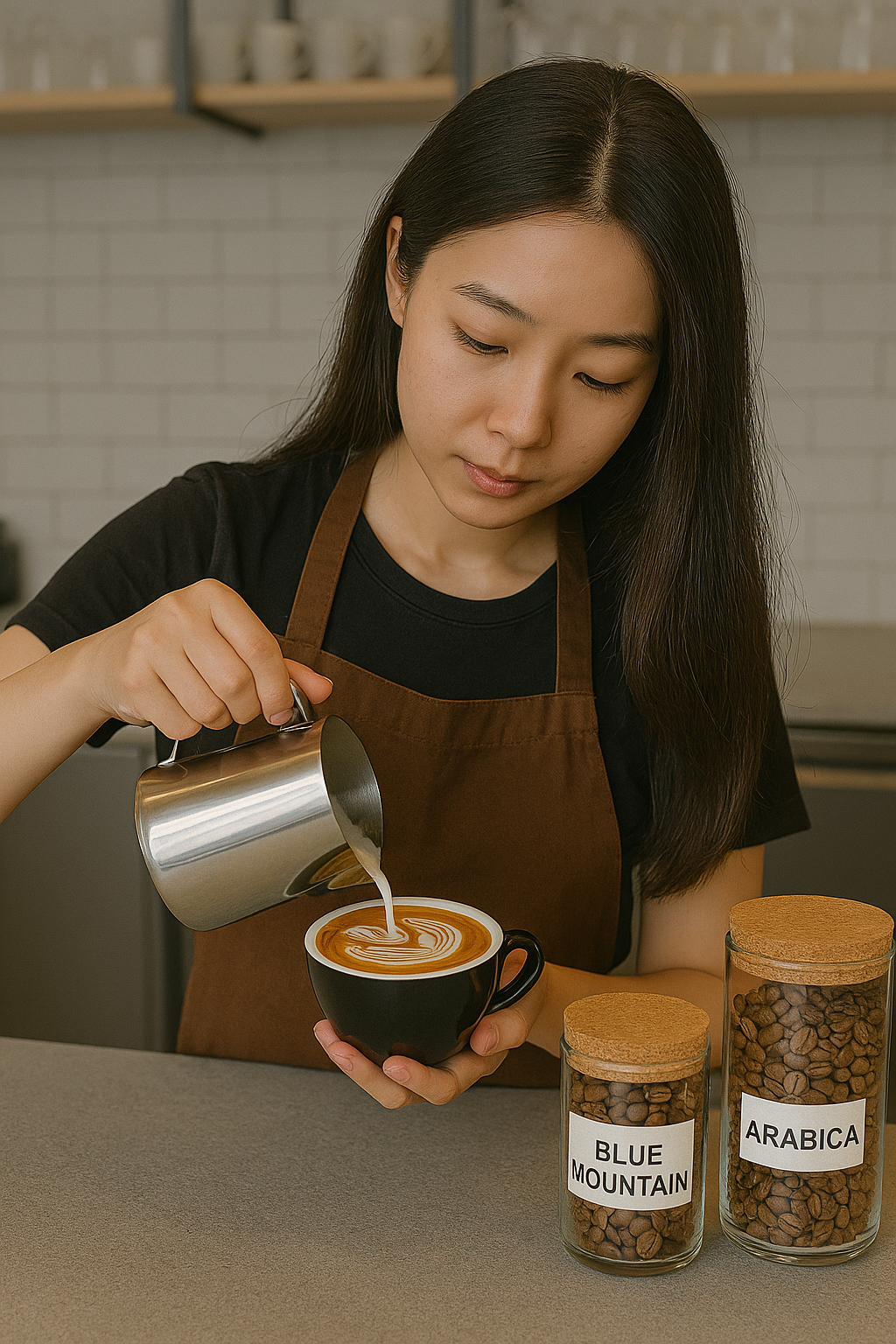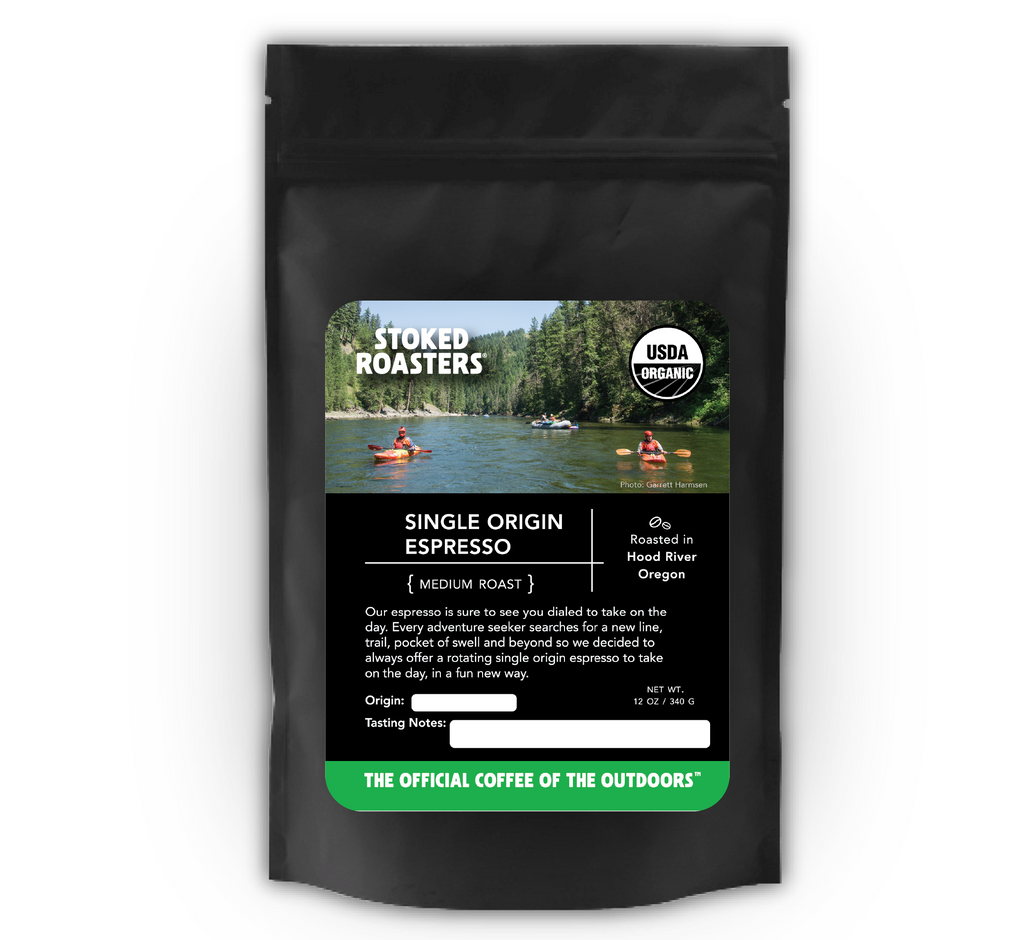Experience the Bold Flavor Profile of SOE Single Origin Espresso Today
Wiki Article
Understanding Coffee Beans: the Trip From Coffee to Blended Coffee Beans

The Origins of Coffee: A Worldwide Perspective
While you might consider coffee as a modern staple, its origins map back centuries, intertwining with societies around the world. The story begins in Ethiopia, where legend states a goat herdsman named Kaldi discovered the energizing results of coffee beans after observing his goats frolicking vigorously after consuming them. This stimulated rate of interest, bring about coffee's spread to Arab investors who cherished the made drink. By the 15th century, it got to Persia, Egypt, and Turkey, where coffee shops became social hubs for conversation and culture.As profession routes broadened, coffee made its means to Europe in the 17th century, quickly obtaining popularity. Each culture included its special spin to coffee preparation, enriching its history.
Cultivation and Harvesting of Espresso Beans
As coffee's journey evolved, the focus moved to the growing and harvesting of specific bean ranges, particularly those used for espresso. You'll discover that espresso beans usually come from Arabica or Robusta plants, each offering distinct tastes. The perfect growing problems include high elevations and abundant, well-drained dirt, which improve the beans' quality.During the harvest, selecting techniques vary. In some regions, employees hand-pick ripe cherries, making certain only the most effective fruit mosts likely to processing. In other areas, mechanical farmers are utilized, specifically on bigger farms. Timing is important; you wish to gather when the cherries reach peak ripeness for maximum flavor.
When harvested, the beans are gotten ready for processing, which is crucial in establishing their last taste. Recognizing the farming and harvesting processes gives you understanding into what goes right into your preferred espresso, enriching your admiration for every cup.
Processing Approaches: From Cherry to Bean
Since you've discovered gathering coffee beans, let's check out just how those cherries transform into the coffee beans you like. You'll see exactly how various harvesting strategies impact taste, followed by the crucial actions of fermentation and drying. We'll break down the milling and grading procedure that identifies your coffee's high quality.Gathering Techniques Described
When it comes to coffee, recognizing harvesting techniques is necessary, given that they directly impact the flavor and top quality of the beans you enjoy. Careful choosing entails hand-picking just ripe cherries, guaranteeing you get the best high quality beans. Eventually, the option of collecting method can substantially affect your coffee experience, so it's worth recognizing how those beans made it to your cup.Fermentation and Drying Out
After harvesting, the next action in handling coffee beans play a significant duty in shaping their flavor. You'll locate that fermentation is crucial, as it helps break down the mucilage bordering the beans, boosting their preference profile. Relying on the approach, this process can last from a few hours to several days, with differing outcomes based on temperature and moisture.Sun-drying enables the beans to absorb flavors from the atmosphere, while mechanical drying out warranties consistent wetness levels no matter of weather condition. Appropriate drying out is important to stop mold and mildew and preserve the beans' high quality, inevitably influencing your cup of coffee.
Milling and Grading Refine
As fermentation and drying established the phase for flavor development, the milling and grading process guarantees that just the very best coffee beans make it to your mug. This stage entails getting rid of the outer layers of the coffee cherry, including the parchment and husk. After milling, the beans are sorted by size and weight, guaranteeing an uniform top quality. You'll find that grading assists recognize issues and categorize beans, which influences taste and fragrance. Premium beans receive a greater quality, resulting in a richer coffee experience. As soon as rated, the beans are ready for packaging and shipping, preserving their distinct qualities. This careful process is vital for providing the extraordinary taste you enjoy in every sip of your preferred brew.Roasting Strategies: Opening Taste Potential
When you roast coffee beans, the approach you pick can substantially impact the taste account. Comprehending the partnership in between time, temperature, and toasting techniques is crucial to revealing the capacity of your mixture. Allow's discover how these aspects collaborated to create the ideal cup.Toasting Methods Described
While you might assume that all coffee toasting approaches generate the very same results, the reality is that each method reveals unique flavor capacities in the beans. You can pick between approaches like drum roasting, air roasting, or perhaps conventional frying pan roasting. Drum roasting makes use of a turning drum to evenly disperse heat, boosting caramelization and producing a well balanced taste. Air roasting, on the other hand, circulates hot air around the beans, promoting a lighter roast with obvious acidity. Pan roasting permits hands-on control however needs consistent interest to avoid burning. Each method has its subtleties, so explore various methods can help you find the excellent roast that lines up with your preference preferences. Enjoy the trip of finding your perfect mug!
Effect on Taste Account
Various toasting methods not only influence the procedure but likewise greatly influence the flavor account of the coffee beans. When you pick a light roast, you'll experience bright acidity and flower notes, showcasing the bean's beginning. In contrast, a tool roast balances acidity with sweetness, typically disclosing chocolatey touches. Dark roasts, on the various other hand, draw out strong, smoky flavors, in some cases covering up the bean's unique features. Each strategy discloses various oils and compounds, causing a variety of flavors. By trying out with numerous toasting styles, you can find which accounts reverberate with your taste. Understanding these subtleties assists you value the virtuosity behind your cup of coffee, boosting your general experience with every sip.Time and Temperature Factors
To release the full flavor possibility of coffee beans, both time and temperature during the roasting process play considerable roles. When roasting, you'll discover that greater temperature levels can promptly develop flavors, but if you hurry it, you could wind up with scorched notes. On the other hand, reduced temperature levels permit a more steady flavor advancement, showcasing the beans' special features.
Timing is just as essential; extending the roast too long can lead to a loss of level of acidity and illumination, while as well short a roast might leave the beans underdeveloped. Locating that sweet area requires method and experimentation. By readjusting these elements, you can disclose the abundant, intricate flavors hidden within each bean, developing a genuinely impressive coffee experience.
The Art of Blending: Crafting One-of-a-kind Coffee Accounts

Start by choosing a base coffee that offers a solid foundation. A bright Ethiopian bean can bring fruitiness, while an abundant Brazilian coffee includes body.
As you mix, maintain in mind that each mix narrates. You're not just making coffee; you're creating an experience. So, take your time, taste frequently, and take pleasure in the journey of finding your signature blend.
Developing Approaches: Just How Preparation Affects Flavor
Blending coffee opens a domain name of taste opportunities, yet how you brew that blend can significantly influence your final cup. Different brewing methods draw out special flavors and scents, so it's critical to pick wisely. A French press enables debris and oils to stay, developing an abundant, robust experience. On the other hand, a pour-over highlights the coffee's quality and illumination, best for showcasing delicate notes.Coffee, with its high stress, creates a concentrated shot that accentuates sweetness and crema. If you prefer a lighter mixture, take into consideration a chilly mixture technique; it produces a smooth, less acidic taste.
Adjusting variables like water temperature level, grind dimension, and brew time can transform your coffee's profile. Welcome the art of brewing to discover the tastes hidden in your coffee blends.
The Future of Coffee: Sustainability and Advancement
As the coffee market evolves, sustainability and innovation are becoming necessary for attending to environmental obstacles and conference customer needs. You'll see that more coffee business are taking on environment-friendly techniques, from sourcing beans ethically to implementing sustainable farming strategies. These changes not only help the planet yet additionally enhance the high quality of the coffee you enjoy.You may see technologies like biodegradable packaging and water-saving brewing techniques that reduce waste. Advanced innovation, such as blockchain, is likewise becoming popular, guaranteeing transparency in the supply chain, which enables you to trace your coffee back to its origins.
On top of that, spending in neighborhood communities and supporting farmers through reasonable trade initiatives fosters a more sustainable coffee ecological community. As you drink your next cup, bear in mind that your choices can contribute to a brighter future for coffee. By selecting sustainable brands, you're not simply delighting in a beverage; you're making a positive influence on the globe.
Regularly Asked Inquiries
What Is the Distinction In Between Arabica and Robusta Beans?
Arabica beans are smoother, sweeter, and have a higher acidity, while robusta beans are stronger, more bitter, and contain even more caffeine. You'll discover these differences in taste and aroma when making your coffee.How Does Elevation Affect Coffee Bean Flavor?
Elevation effects coffee bean flavor considerably. Greater altitudes produce beans with brighter level of acidity and complicated tastes, while reduced elevations often produce beans that are much heavier and less nuanced. You'll notice these differences in your mug!What Are the Health Perks of Drinking Coffee?
Consuming alcohol coffee can enhance your energy, enhance mental focus, and also enhance physical performance. It's abundant in antioxidants, might reduce the threat of specific diseases, and can advertise a healthier metabolic rate when consumed in moderation.Can Coffee Beans Be Reused for Brewing?
Yes, you can recycle coffee beans Single Origin Espresso for brewing, but the taste could be weak. If you delight in trying out, try reusing them in various ways, like chilly brews or including in healthy smoothies for an added kick.Exactly how Should I Shop Coffee Beans for Freshness?
To keep your coffee beans fresh, save them in an impermeable container in an awesome, dark location. Avoid revealing them to warmth, dampness, or light, as these factors can swiftly weaken their flavor and aroma.Comprehending Coffee Beans: the Journey From Espresso to Blended Coffee Beans.
Now that you have actually found out about harvesting espresso beans, allow's discover how those cherries transform right into the coffee beans you love.When you roast coffee beans, the method you select can dramatically affect the flavor account - Single Origin Espresso.While you may assume that all coffee roasting techniques yield the same results, the fact is that each technique discloses distinct flavor capacities in the beans.Different roasting techniques not only influence the procedure however likewise significantly influence the flavor profile of the coffee beans
Report this wiki page